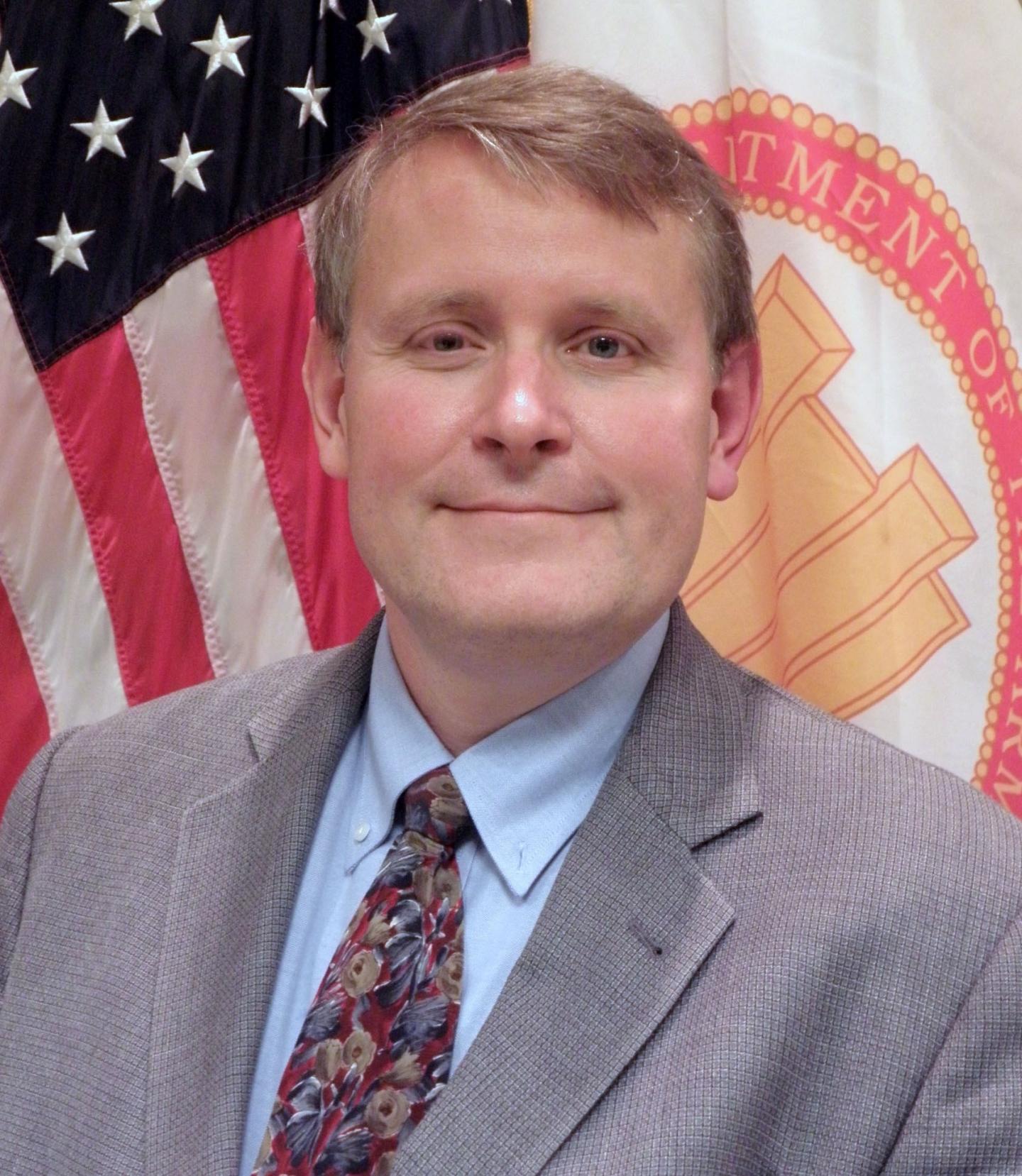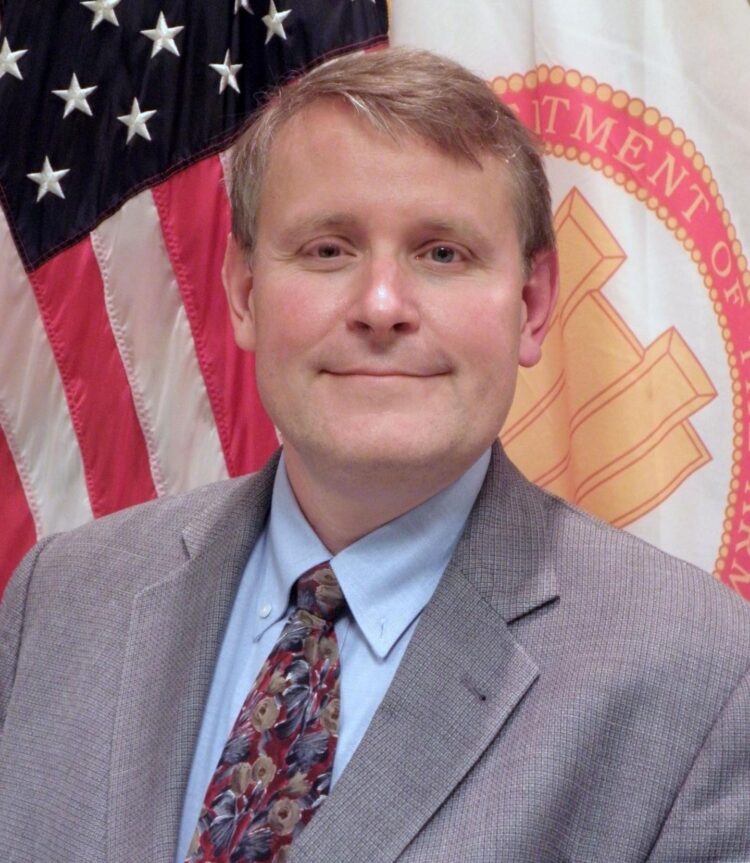
Credit: U.S. Army
RESEARCH TRIANGLE PARK, N.C. – A U.S. Army senior scientist earned a 2020 Theodore Roosevelt Government Leadership Award in the Defenders category.
Dr. Stephen Lee, a senior scientist in interdisciplinary research at Army Research Office, an element of U.S. Army Combat Capabilities Development Command’s Army Research Laboratory, earned the award for demonstrated success in his work.
The Government Executive Media Group launched the Teddy awards last year to honor federal officials and industry partners for their work. The Defenders category honors individuals who have stood out in the effort to protect the United States.
“It is a great honor to be recognized with the Theodore Roosevelt Government Leadership Award, especially among so many other esteemed award winners,” Lee said. “But this award doesn’t recognize just me, it is a reflection of all the great Army researchers, employees, and contractors I have worked with during my long Army career.”
Winners in the Defenders category demonstrate sustained significant achievement in achieving goals that advance the country’s security interests at home and abroad. These range from managing a critical military program to implementing an international relief or development effort.
Lee earned the award for leading a program at ARO that during the past 20 years has issued more than 800 Small Business Innovation Research contracts and tens of thousands of academic grants for cutting-edge basic science research. Lee has been involved in transitioning and fielding many of those basic science research pursuits into technologies and capabilities that are now helping the Soldier.
For example, Lee recognized that working dogs were often unable to respond to commands due to temporary hearing loss in loud noise environments, such as those created by vehicles and helicopters. He designed a program with Zeteo Tech and the University of Cincinnati to create a hearing protection system that led to commercial products now used by many working dog programs, including those of the Defense Department, Customs and Border Protection and police departments across the country.
In addition to managing the Army’s basic and applied research needs for military working dogs, Lee’s work includes basic research directed towards hazardous materials management, including studies in decontamination, detection, and protection. He identified and helped to transition research begun University of Pittsburgh that spun out and now offers a new product called CIDAS that the Army is fielding to all units in areas where there is a threat of chemical agents. The product detects chemical weapons accurately at low concentration levels.
Each year, two Teddy winners are chosen in each of the following categories: Visionaries, Pathfinders, Defenders, and Partners and this year’s special category, the Covid-19 Response.
Joining Lee as a winner is the Defenders category is Nathan Ainspan, senior research psychologist, Military-Civilian Transition Office.
At ARO, Lee helps plan and develop the future vision of basic research, coordinating the individual extramural programs with the needs of the Soldier and Army intramural laboratories while maintaining an active research program. Lee has served previously as the ARL Chief Scientist and the ARO Chief Scientist.
In addition to his role at ARL, Lee is an adjunct chemistry faculty member at the University of North Carolina at Chapel Hill. Previously, he was an adjunct faculty member at Duke University. He earned a bachelor of science from Millsaps College in chemistry and biology and a doctorate of philosophy from Emory University in physical organic chemistry.
###
CCDC Army Research Laboratory is an element of the U.S. Army Combat Capabilities Development Command. As the Army’s corporate research laboratory, ARL is operationalizing science to achieve transformational overmatch. Through collaboration across the command’s core technical competencies, CCDC leads in the discovery, development and delivery of the technology-based capabilities required to make Soldiers more successful at winning the nation’s wars and come home safely. CCDC is a major subordinate command of the Army Futures Command.
Media Contact
Lisa B Bistreich-Wolfe
[email protected]
Original Source
https:/






